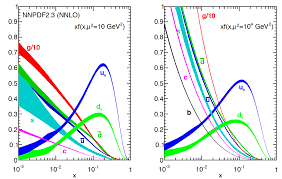Since the W boson carries electric charge and there is no a priori reason that massless electrically charged bosons cannot exist, I'm wondering if the lack of gluon electric charge has been confirmed experimentally or there exists a compelling theoretical reason that they cannot carry electric charge.
In particular, there seems no reason that the 6 non-diagonal gluons can't carry +-1 electric charge if we establish a cyclic quasiordering of colors and if we assume the number of gluons with positive charge are equal to those with negative charge.
Just as the total color charge of a baryon remains the same although quarks are constantly emitting and absorbing color charge via gluons, why not the same for electric charge or, in other words, isospin?

